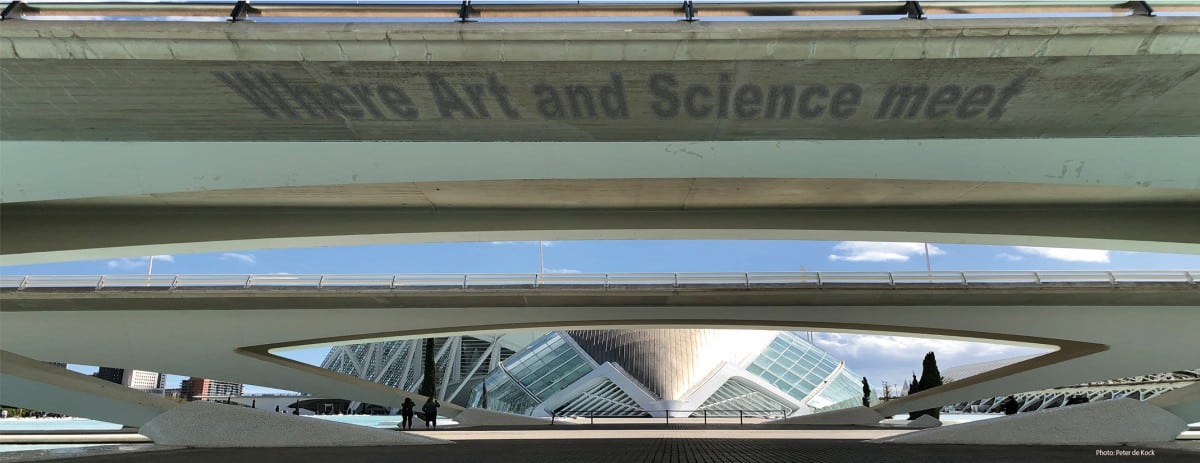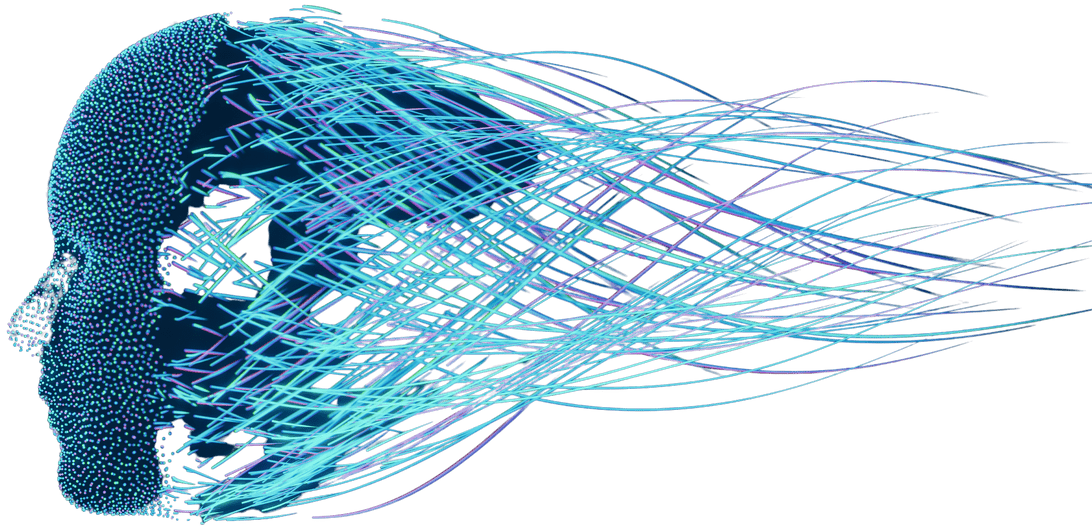
He briefly introduced himself in his first column for Innovation Origins: Peter de Kock. In his role as professor of practice at JADS, De Kock seeks the connection between art and science. But how does he do this? And why does he think that this is warranted? In conversation with Peter de Kock.
“The image that the government has of the potential of data knowledge is often not in line with reality but rather based on films and television series. In turn, the academic world’s perception of the work of the police and investigative authorities is not in line with reality either. And here, too, you can see that it is based on films or series,” explains De Kock. According to De Kock, art and stories in particular are the best way to close this gap.
“Theoretically, Google could use data, for example, to make public transport in our country more efficient than the NS is able to. I’m not here to say that such companies are necessarily bad, certainly not. But we should be aware of this. A service is not for free for no reason. Therefore, I would not advise anyone to put all their information in the hands of a single party, especially governments.” Peter de Kock
De Kock learnt his way of thinking in terms of stories, scenarios and scripts at the Amsterdam Film Academy. There he dissected all the books that he had read and all of the films that he had seen into various components. De Kock found twelve of them: “It’s actually very logical; every story has a protagonist, there’s always a motive. These building blocks are always there.” He traveled for a long time as a documentary maker through conflict areas such as Colombia and Sierra Leone. For around twelve years he worked on his most well-known film, which was about a search for the severed hands of Che Guevara. “Although I liked the stress in conflict areas, I decided to do something else. After I had children, my worldview changed. I’ve seen a lot of trouble in my time as a filmmaker,” reflects De Kock.

Every piece of information is part of a puzzle
De Kock decided to enlist himself in the police academy. While many people raised their eyebrows, for him it was no more than logical: “In my work, finding the truth is central. In the search for Che’s hands, I asked open questions, followed directions, and sorted things out. A detective does exactly the same thing. Every piece of information is part of the big puzzle. There are hundreds of possible scenarios which could lead to the perpetrator. This is often the problem of the police: checking all possible story lines requires a lot of manpower.”
This brought De Kock back to his twelve ‘scenario building blocks’ from his film academy days. Because what if you could predict terrorist attacks? In 2014, the former documentary maker received his PhD on this subject at the University of Tilburg. “Terrorists also tell a story. You can sometimes deduce the motive from the location of an attack. The resources they use, the setting, it all says something. This allows you to dissect an attack in order to discover connections. Not only links between attacks that have already been committed, but also patterns for future attacks.”
Largest open-source database in the world
This is how De Kock created the largest open-source terrorism database in the world. Because this dataset contains so many different terrorist attacks and related stories, the model is also able to ‘think up’ scenarios. “Compare it to a chess computer that knows in advance all the players and moves.” The model is made up of more than two hundred thousand terrorist attacks, all of which have been committed. But De Kock also includes fictitious attacks from films and books. De Kock: “Terrorists not only draw inspiration from each other’s deeds, but also see films and read books. Just because something’s fictitious doesn’t mean it can’t happen. A perpetrated attack also starts as an idea in someone’s head.” His model has not gone unnoticed and is now used by intelligence and investigative services all over the world.
The murder weapon was a knife
De Kock has since left the police force and is helping various companies, government agencies and security services to map out risks. Pandora Intelligence, as his company is called, continues to use the techniques that De Kock has developed in recent years. “All scenarios can be inventoried as long as you have enough components. Ask someone to tell a story and it could literally be about anything. But when you say to someone: ‘the murder weapon was a knife and the murder took place on the roof’, you rule out a lot of other options. In this way, we try to identify risks.” Or unsolved murders that are gathering in a police filing cabinet. “All these murders can be entered into the database, and on the basis of all the elements, probable scenarios are revealed. It’s a kind of puzzle, everything’s connected. Now we are only talking about information from open sources, but you can imagine what will happen if we combine these with police data.”
“You must never lose the art of learning. As soon as you think you know everything, it’s over. I want to support students in word and deed. I especially don’t want to tell you what the world is like.” Peter de Kock.
But people will always be needed, according to De Kock. “Police analysts fear for their jobs, which I find unjustified. Of course their work is going to change, a machine can remember and calculate much better than a human being is able to. But a person is still much better at reasoning, interpreting and implicating than a machine. It’s the combination. Man and machine are stronger together than man or machine on their own. Look what the Bellingcat research group is doing, that is a group of highly motivated people who have the ambition to improve the world. Everyone does their bit, it is the dynamics of the swarm that enables them to bring so much out into the open. Combine that with data science, and the world could really become a little nicer.”
Beginning of a new era
“Actually, we’re just at the beginning of a new era. Data science is a relatively recent concept. Developments in this area are so rapid that every day there are new developments,” says De Kock about his appointment as Professor of Practice at the Jehronimus Academy of Data Science (JADS). “That’s why you should never lose the art of learning, as soon as you think you know everything, it’s over. I feel like Alice in Wonderland every day. I’ve never stopped learning. I want to support students in word and deed. Are there any spin-offs from this? Fine, I especially don’t want to tell you what the world is like. I don’t feel like a professor, rather more like a professional student. It’s all very complex and we can’t imagine what the world will be like ten years from now.”
De Kock also sees risks here: “In the Netherlands, we are not yet sufficiently aware that a company like Google knows more about the inhabitants of our country than the federal state of the Netherlands. Theoretically, Google could use data, for example, to make public transport in our country more efficient than the NS is able to. I’m not here to say that such companies are necessarily bad, certainly not. But we should be aware of this. A service is not for free for no reason. Therefore, I would not advise anyone to put all their information in the hands of a single party, especially governments.”
A think tank with people from all walks of life could give advice or start a public debate. “We need to think about how we would like the society of the future to look like. The question of how convenience relates to privacy and security must be a very important premise in this respect.”


